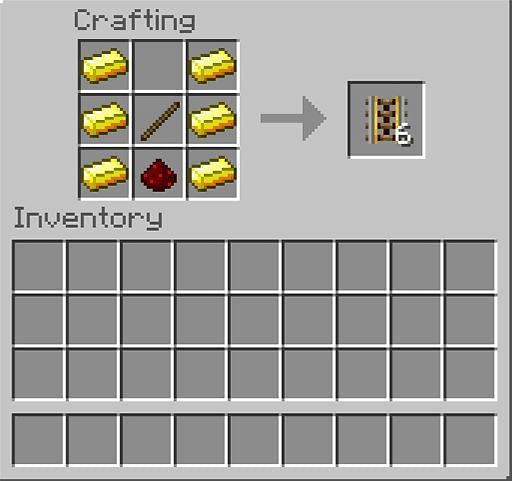

Systems by the inventors Dolter and Diatto were used in Tours, Paris, and several towns in England. Stud contact systems were implemented from 1899 to 1921. The system fell out of favor within a few years due to the cost of excavating the conduit, and was generally replaced with overhead lines. The system was generally safe, but tended to get clogged by mud and dirt. The system was used in several cities in Europe and the United States, where it was known as the "Budapest System". Overhead lines were met with public opposition for aesthetic reasons, so the contractor Siemens-Halske implemented a concrete conduit underneath one of the trolley rails, with a narrow opening that allowed a "plow" to be inserted and make electrical contact with wires held by insulators at either side of the conduit. Tram companies in Budapest trialed a conduit current collector system in 1887.

Plows were manually attached and detached from cars as they switched rail lines. : Appendix I The system is primarily composed of a channel, or conduit, excavated under the roadway the conduit is positioned either between the running rails, much in the same fashion as the cable for cable cars, or underneath one of the rails a car is connected to a "plow" that runs through the conduit and delivers power from two electric rails at the sides of the conduit to the car's electric motor. Remaining conduit tram track on the ramp to the abandoned Kingsway tram subway in London, with plants growing in conduitĬonduit current collection systems were implemented as early as 1881 with the Gross-Lichterfelde Tramway. With the increased efficiency and energy density of capacitor and battery powered systems, ground-level power supply systems are used in smaller portions of the line to charge the batteries, for example only during station stops for buses and trains. Since the turn of the 21st century, new systems such as the Alstom APS, Ansaldo Tramwave, CAF ACR, Elways, and others have been introduced which use modern technology to address some of the limitations and dangers of the older systems, and supply power for buses, trucks, and electric cars. Ground-level power supply systems date back to the beginning of electric tramways, with some of the earliest such systems using conduit current collection.

During the late 2010s it has become more economical than overhead lines. Ground-level power supply has been used primarily for aesthetic reasons. Ground-level power supply, also known as surface current collection or, in French, alimentation par le sol ("feeding via the ground"), is a concept and group of technologies whereby electric vehicles collect electric power at ground level from individually-powered segments instead of the more common overhead lines. The tram is powered by supercapacitors charged by a ground-level power supply. The game has a total of ten editions spanning across different platforms.CAF ACR-equipped Urbos 3 tram running through central Seville, 2015. Both Java and Bedrock editions of Minecraft no longer support minecart boosters. But this feature was patched out of the game. In the older version of the game, there was something called minecart boosters. So the only way to make power rails faster is by placing more of them. By placing many rails in a row you can hit the top speed of eight blocks a second. Powered rails will speed up only when you are on top of them. This will ensure that the carts do not get slowed down to turn and save you more time. The best way to make a fast and efficient track is to keep the number of bends to a minimum. Powered rails can save you a lot of time since they can speed up your minecarts. If not powered up, minecarts will come to a halt. To power the rails, you can place a Redstone torch next to the rails or a torch directly beneath the rail.

You can then move them to your inventory.Īfter crafting the Powered rails they need to be powered for them to work. Once you place them you will get six power rails on the right. This is the recipe for crafting power rails in Minecraft. Similarly in the third row, place the Redstone in the middle of the third row. In the second row place one stick in the middle between the ingots. In the 3x3 grid, fill the entire first and third column with gold ingots. Once you have the required materials, you can craft the Power rails by opening the crafting table. Read on to get the entire guide on making power rails. To push minecarts uphill you will need a lot of power rails. All of this combined will give you six powered rails.


 0 kommentar(er)
0 kommentar(er)
